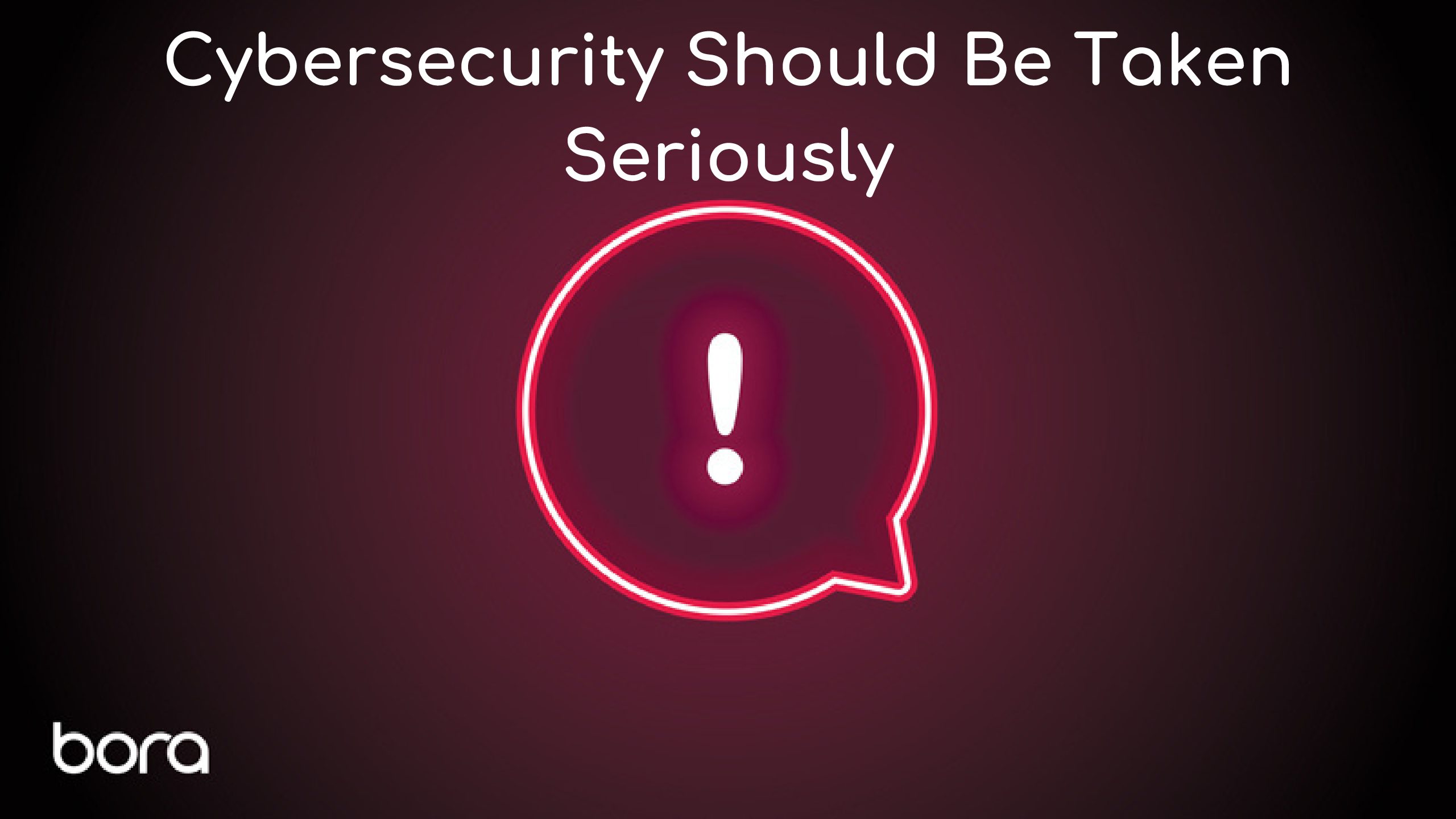With the world becoming highly digitized, the need to protect your organization from cyber threats is becoming increasingly important. Cybersecurity marketers and advertisers face the challenge of advertising their products and services through educating prospects on cyber threats without sounding like they are spreading fear, uncertainty, or doubt (FUD).
Social media advertising can be an effective way for cybersecurity organizations to reach their target audience without spending a fortune on TV Ads. It does, however, require a strategic approach. In this blog, I’ll discuss the best practices and strategies for social media advertising in the cybersecurity industry.
What is social media advertising?
Before I delve into the strategies, let’s talk about what social media advertising is. Hootsuite defines social media advertising as “a type of digital advertising. It refers to the practice of spending money to deliver content to a target audience on your preferred social media platform.”
Many organizations have leveraged social media advertising to meet their social media goals. Whether you use it to increase brand awareness, lead generation, or increase platform followers, social media advertising can be a profitable channel. It does, however, need careful planning, execution, and monitoring to be successful.
Follow the seven strategies below to enhance your social media advertising campaigns:
1. Understand Your Audience
The first stage to successful social media advertising is to identify the audience you are advertising to – what are their goals, their values, what blogs, books, and magazines, do they read, what is their demographic information, what are their challenges, pain points and what are their objections?
Break your target audience into buyer personas, each persona being unique. For example, a buyer persona for a machine identity management provider could be a senior-level cybersecurity professional that is concerned about the security of their keys and certificates. This persona may be looking for ways to protect themselves from cyber threats arising from unprotected machine identities; they read news-related articles on cybernews.com, they are between 38 – 65 years of age, and their pain point is the seemingly unlimited amount of certificates they need to manage, which can be overwhelming.
Thoroughly researching your target market will ensure you have the necessary information to create a buyer persona. I recommend creating at least 3 – 5 buyer personas – this will give you a broader market to target in your ad campaigns.
2. Choose the Right Platforms
When choosing the social media platforms you wish to advertise on, it is essential you choose the ones where your ideal audience is congregating. Platforms such as LinkedIn are business-focused and better suited to B2B advertising, whereas Instagram and TikTok are consumer-oriented and may be better suited for B2C advertising.
If you’re targeting senior cybersecurity professionals in your ad campaigns, LinkedIn may be a better choice than Instagram or Facebook. LinkedIn is a goldmine for targeting professionals in every industry, with cybersecurity being no exception. LinkedIn offers targeting options where you can target professionals based on location, company, demographics, education, job experience, interests, traits, and more.
3. Use Targeted Advertising
One of the advantages of social media advertising is the ability to target your ads to specific audiences. In the cybersecurity industry, this is particularly important, as you want to ensure your ads are being shown to the right individuals who would respond when seeing your ad.
It’s recommended you create highly targeted campaigns. Some of the targeting options you can use are; job title, age, location and interests.
4. Engaging Ad Creative
The company with the best creative wins. This may be simplistic, but if you think about the hundreds of ads being shown to prospects, what immediately catches your eye? Is it the copy? I’m guessing no, is it the brand, maybe, but in most cases, it’s the engaging creative that differentiates it from other brands and ‘stops the scroll’.
In the cybersecurity industry, it may be challenging to create ad creatives that are engaging and articulates the benefits your solution offers. Some cybersecurity topics can be complex to communicate in a single creative. You can remedy this by making sure your creative is easy to understand and engaging. For example, you can create an infographic that explains common cyber threats and how to protect against them.
5. Write Engaging Copy
In an industry that isn’t known for its flair or pizazz, you have an opportunity to captivate the attention of the reader. If you write in a style that is conversational and engaging, and you provide value in your copy, you will surely get the attention of the reader and generate clicks. Remember to address pain points in your copy and to market your solution as ‘the’ solution in your ad copy.
While creative ‘stops the scroll’, copy plays a pivotal role in the success or failure of your ad campaign. For example, if you are advertising a dummies eBook, and you want the prospect to download the asset on your landing page, it is essential that the copy on your ad is congruent with the landing page copy of your asset. This will ensure that the message and promise are the same. The last thing you want is to confuse the prospect with mixed messages.
6. Be Transparent and Honest
When advertising in the cybersecurity industry, transparency, and honesty are key. Cybersecurity is a sensitive subject, and prospects want to know that they can trust organizations that market to them. In your ad campaigns, articulate the benefits your solution offers, and avoid making exaggerated claims or making promises that your solution can’t match. Honesty and transparency build trust, and as the saying goes, “People buy from companies they know, like, and trust”.
7. Measure Your Results
Measuring the success of your ad campaign shouldn’t be analyzed at the end; it should be done during all stages of your ad campaign. This would allow you to consistently monitor what is working, what isn’t working, and allow you to optimize your campaign accordingly. For example, if you launched a Facebook advertising campaign, and all the metrics you are monitoring are on point, but your conversion rate is low, you would need to optimize your landing page to increase your conversation rate, and this would enable you to achieve a better ROAS, and in turn, generate a higher ROI.
Final thoughts
Advertising on social media is an effective tool for cybersecurity marketers looking to create brand awareness and increase leads, sales, and followers. By adopting the above strategies, you can take a strategic approach to your ad campaigns and deliver on campaign objectives. Remember to consistently monitor your ad campaigns and optimize where required.
If you would like help in understanding where social media advertising fits into your current marketing strategy or would like us to manage your ad campaigns, contact me or one of the Bora team, and we can discuss how we can help you to meet your social media advertising goals.




